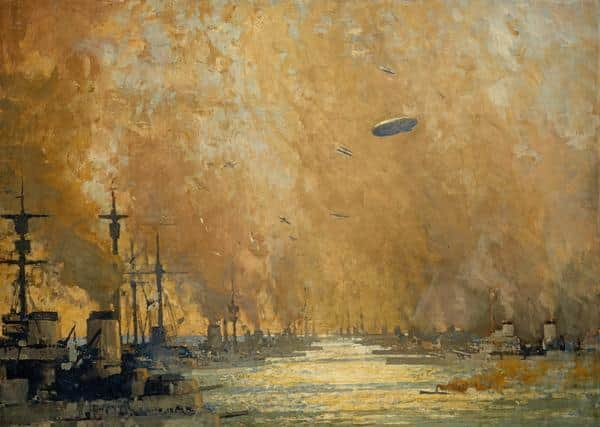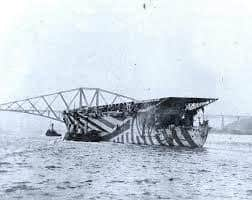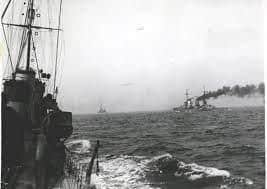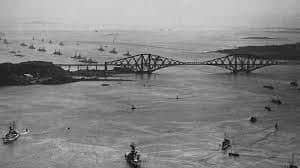Painting which captured Germany's WW1 naval fleet on the Firth of Forth is up for sale
and live on Freeview channel 276
Let us know what you think and join the conversation at the bottom of this article.
James Paterson, one of the famed "Glasgow Boys" artists, captured the moment the entire German fleet was escorted into the estuary by hundreds of Allied ships and aircraft.
The landscape artist, aged 64, sketched the spectacle from the deck of the British First Battle Squadron flagship, HMS Revenge, before producing his "monumental" 103cm x 183.5cm canvas in his Edinburgh studio.


Advertisement
Hide AdAdvertisement
Hide AdThe work has been described as a "painstakingly accurate record" of the defeated German fleet's brief sojourn in the Firth of Forth prior to its final journey north to Scapa Flow.
Currently the "property of a nobleman", "The German Fleet After Surrender - Firth of Forth 21 November 1918" will be among the highlights of Bonhams Scottish Sale on Thursday. It is expected to attract bids of £15,000-25,000 from collectors and national institutions.
A much smaller version of the same work, also by Paterson, is already in the collection of the National Galleries Scotland.


May Matthews, Bonhams' Scottish Art specialist, said: "The surrender of the German fleet in the Firth of Forth was an incredible spectacle and is still the largest gathering of warships ever.
Advertisement
Hide AdAdvertisement
Hide Ad"This was a highly choreographed and very public display, and everybody - artists, reporters and members of the public - flocked to witness and document it.
"Paterson, who was an established artist, managed to witness the events from the deck of HMS Revenge and later produced this work, which is not only beautifully painted but also of historic importance.
"It is such an impressive and imposing picture, which gives you a sense of the atmosphere and the epic scale of these events. It is easy to imagine you are there with the artist, standing on board one of these ships and witnessing the historic scene.


"In recent years, this painting has been the property of a nobleman, and we are delighted to have the opportunity to put it on the open market. I would anticipate interest from institutions and national collections as well as private collectors."
Advertisement
Hide AdAdvertisement
Hide AdUnder the terms of the Armistice signed on 11th November 1918, Germany's warships were to be surrendered and interned under Allied surveillance in the Royal Navy's main fleet anchorage at Scapa Flow, in the Orkney Islands.
The German fleet, the second largest in the world, sailed from the North Sea port of Wilhelmshaven under the command of Admiral Hans Hermann Ludwig von Reuter, on November 20.


Seventy German ships including nine battleships, five battlecruisers, seven light cruisers and 49 destroyers, formed a single column stretching over 50km for the journey to Scotland.
The British "Grand Fleet", under Admiral Sir David Beatty, formed into two parallel columns to await the German ships which were sighted just after 8am on November 21.
Advertisement
Hide AdAdvertisement
Hide AdFour days later, the German fleet was transferred to Scapa Flow, where the remaining crew would scuttle the ships rather than have them shared among the Allies.
Paterson studied at the Glasgow School of Art and spent his later career in Edinburgh. He died in 1932 and is buried in the capital's Dean Cemetery.
A message from the Editor:
Thank you for reading this article. We're more reliant on your support than ever as the shift in consumer habits brought about by coronavirus impacts our advertisers.
If you haven't already, please consider supporting our trusted, fact-checked journalism by taking out a digital subscription.
Comment Guidelines
National World encourages reader discussion on our stories. User feedback, insights and back-and-forth exchanges add a rich layer of context to reporting. Please review our Community Guidelines before commenting.